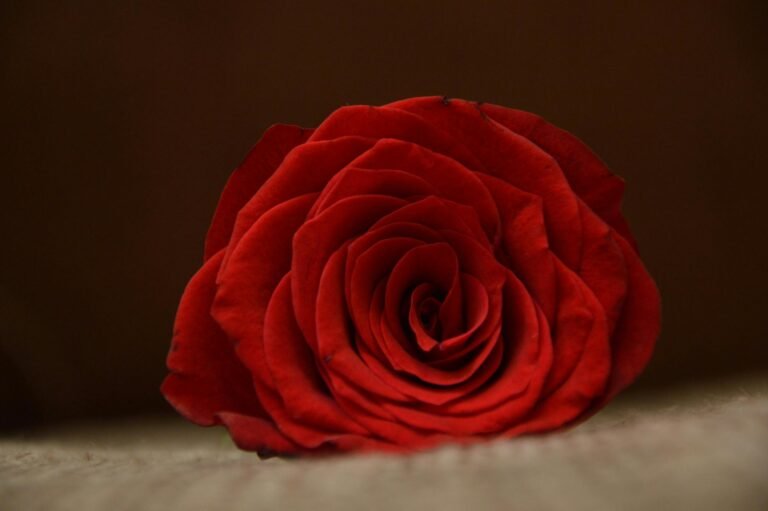The Timeless Allure of Engagement Rings: A Historical Journey
Engagement rings are more than just a piece of jewelry; they are powerful symbols of love, commitment, and cultural significance. For centuries, they have represented the promise of marriage and the bond between two people. From ancient times to modern-day traditions, engagement rings have evolved both in meaning and design, leaving an indelible mark on human history. This article explores the historical journey of engagement rings, highlighting their timeless allure.
At Carat Diamonds, we recognize the importance of these symbols and offer a stunning collection that reflects both tradition and modern style. Whether you’re looking for a classic design or something uniquely personal, our selection captures the beauty and significance of engagement rings throughout history.
Ancient Beginnings: The Circle of Eternity
The tradition of giving engagement rings dates back thousands of years, with its origins rooted in ancient Egypt. Egyptians believed that a ring’s circular shape represented eternity, with no beginning or end. This symbolism of eternal love continues to be a core aspect of the engagement ring’s meaning today.
In ancient Egypt, couples exchanged rings made of braided reeds or hemp, worn on the fourth finger of the left hand. This tradition stems from the belief that the “vena amoris” or “vein of love” ran directly from this finger to the heart, a notion that continues in modern Western cultures. Although the materials were simple, the sentiment of love and lifelong commitment was as strong then as it is now.
Roman Empire: The Introduction of Metal Rings
The Roman Empire brought a more formalized tradition of engagement rings. Roman women wore rings made of iron, symbolizing the strength and permanence of their marriage commitment. These rings were often practical, reflecting the Roman idea of marriage as a partnership between two people who would manage a household and property together.
Over time, wealthier Romans began to use gold in their engagement rings, signifying wealth and social standing. Gold became the preferred material for betrothal rings among the upper class, and many rings were inscribed with phrases of love or the couple’s initials. This shift towards gold paved the way for engagement rings to become treasured and valuable symbols of love.
Middle Ages: The Rise of Gemstones
By the Middle Ages, engagement rings began to incorporate gemstones, marking a significant evolution in their design. Gemstones were believed to have mystical properties, and each stone was thought to carry specific qualities that would benefit the couple. For instance, sapphires symbolized loyalty, while rubies represented passion.
During this period, a notable development occurred in 1477 when Archduke Maximilian of Austria gave Mary of Burgundy the first documented diamond engagement ring. The ring, set with thin, flat diamonds in the shape of an “M,” sparked a trend among European aristocracy, laying the foundation for the modern-day association between diamonds and engagement rings.
Renaissance and Victorian Eras: The Influence of Romance
The Renaissance era marked a shift towards more ornate and romantic engagement rings. Rings were often embellished with intricate designs, and the use of diamonds became increasingly popular among the elite. This period saw the engagement ring transform into a symbol of both love and wealth.
The Victorian era (1837-1901) further romanticized the engagement ring. Designs became elaborate, often incorporating flowers, hearts, and nature-inspired motifs. Yellow and rose gold were common materials, and engagement rings often featured a mix of diamonds, opals, garnets, and other colored gemstones. The sentimental and ornate nature of Victorian rings is still admired today, with many couples seeking vintage-style rings inspired by this era.
Edwardian Elegance: The Rise of Platinum

At the turn of the 20th century, the Edwardian era (1901-1910) introduced a new level of sophistication to engagement rings. Platinum became the favored metal due to its strength and malleability, which allowed for the creation of intricate, lace-like designs. Platinum engagement rings were often adorned with diamonds and other precious stones, reflecting the opulence of the era.
The detailed craftsmanship of Edwardian rings, with their filigree work and milgrain details, made them highly sought after. Today, vintage-inspired platinum rings continue to capture the elegance and refinement of this period, showcasing timeless beauty and enduring love.
The Art Deco Period: Bold and Geometric
The 1920s and 1930s brought a dramatic shift in engagement ring design, with the rise of the Art Deco movement. Art Deco rings were characterized by bold, geometric patterns, bright colors, and a mix of diamonds and other gemstones like sapphires, emeralds, and rubies.
This period celebrated modernity and innovation, and engagement rings of the time reflected these themes. Platinum remained a popular metal, and designs often featured symmetrical shapes, sharp angles, and intricate patterns. Art Deco rings continue to inspire modern couples who seek vintage styles with a unique and bold aesthetic.
The 20th Century: Diamonds Dominate
The 20th century marked the era when diamonds truly became synonymous with engagement rings, thanks to the marketing genius of De Beers. In 1947, De Beers launched the famous campaign with the slogan “A Diamond Is Forever.” This phrase not only cemented the diamond as the gemstone of choice for engagement rings but also associated diamonds with the concept of eternal love.
The diamond solitaire, set in platinum or gold, became the most iconic style of engagement ring during this time. This classic design remains one of the most popular choices for engagement rings today, a testament to the enduring appeal of diamonds as symbols of everlasting love.
Modern-Day Engagement Rings: Personalization and Diversity
In the 21st century, engagement rings have become more diverse and personalized than ever before. While diamonds remain the most popular choice, many couples are opting for alternative gemstones like sapphires, emeralds, and morganites. Additionally, ethically sourced and lab-grown diamonds are becoming increasingly popular for their environmental and ethical benefits.
Modern engagement rings reflect individuality and personal style, with many couples choosing custom-designed rings that tell their unique love story. From vintage-inspired designs to minimalist bands, the options are endless, allowing for greater creativity and expression in the selection of an engagement ring.
The Symbolism of Engagement Rings Today
Despite the changes in style and material over centuries, the core symbolism of the engagement ring has remained constant: it represents love, commitment, and the promise of a future together. Whether simple or extravagant, diamond-studded or gemstone-adorned, the engagement ring holds deep emotional and cultural value.
Engagement rings also carry sentimental meaning beyond their monetary value. They are often passed down through generations, becoming family heirlooms that carry the stories and traditions of the couples who wore them. The timeless allure of engagement rings lies not only in their beauty but in their ability to connect the past, present, and future.
Conclusion
The journey of engagement rings through history is a testament to their enduring cultural and emotional significance. From the braided reeds of ancient Egypt to the diamond solitaires of today, engagement rings have evolved in design, material, and meaning, yet they remain powerful symbols of love and commitment. Whether you choose a classic diamond or a unique gemstone, an engagement ring will always represent the promise of a lifelong partnership and the beginning of a shared future.






